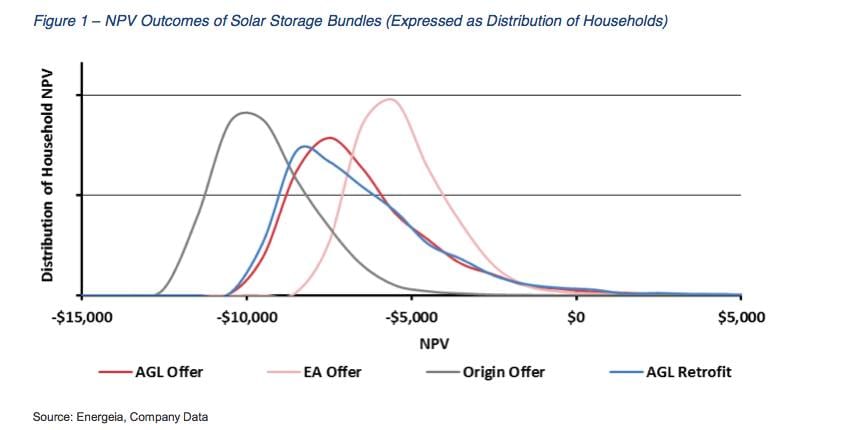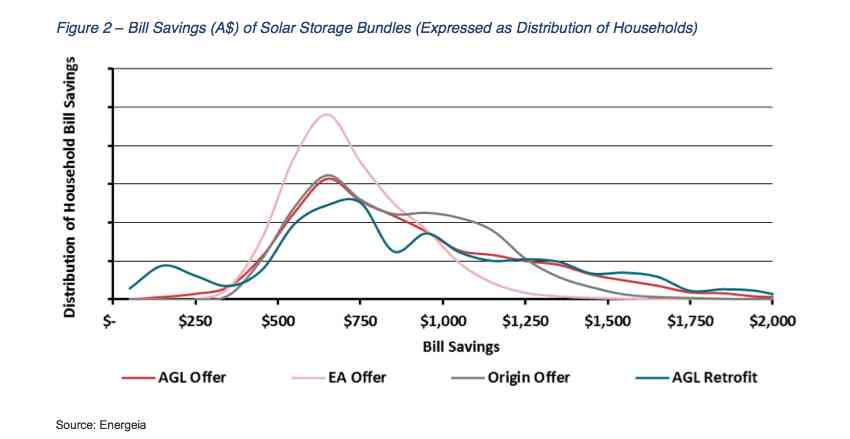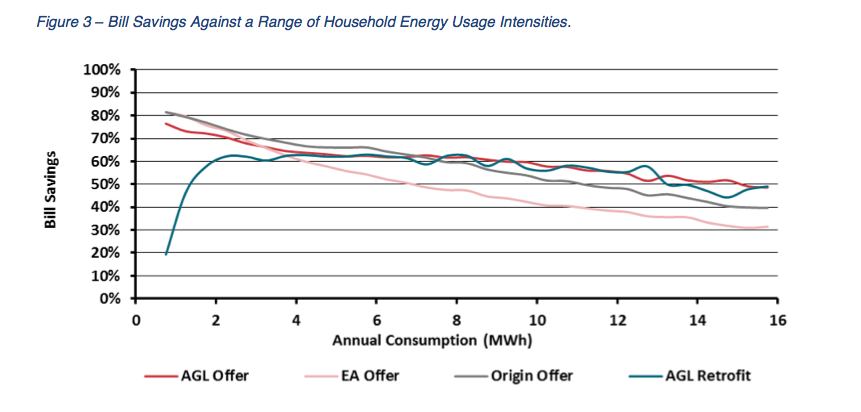One of the big debates in the electricity market at the moment is over the economics of battery storage. How quick is the payback on different battery storage systems? And does it really matter?
The answer to the first question is complicated, because it depends so much on individual factors such as location, orientation, size of PV system, domestic usage patterns, type of battery and potential for added value such as trading and grid stability.
The answer to the second question is also complicated. But given the anecdotal evidence from inquiries to installers, it seems there is enough demand for early adopters, and others.
Battery storage, thanks partly to Tesla, partly to plunging costs, and partly to the actions of incumbent utilities, is now a desirable household device. Anyone know or care about the pay-back on their fridge, or sofa?
For most people, though, costs do count, which is why a new study by Energeia consultant Melanie Koerner caught our eye,
It assesses the battery storage offerings made by the Big 3 retailers. Yes, many more offerings are on the market. But these are the ones that are being presented to more than 2/3 of customers. So how do they rate?
The first question to ask is what is on offer. AGL is focusing on a 7.2kWh Powerlegato system, EnergyAustralia is about to roll out an Enphase offering, and Origin has tied in with Tesla.
Energeia has used the latest pricing (February, 2016) and modelled this on 10,000 different electricity load profiles.
It says this results in a return on investment (ROI) estimate created for a given system for the average consumer. “The results provide a clear picture of where the current offerings stand and estimate market size for each offering,” it says.
And these are the results. Using a 10 per cent discount rate, and NSW consumers, the survey finds that the “net present value” of most systems are negative. Some customers do have a positive NPV, but for most it amounts to what economists would call a “non-rational economic investment.”
But not all consumers think in terms of ROI and NPV. Some just like to think in terms of “bill savings”, or the reduction in their future power bills.
This next graph shows that the “mean” result is an annual bill saving of $690 for the EnergyAustralia product, while the AGL and Origin offers would deliver similar annual bill savings with a median of around $825 a year.
This next graph takes that analysis even further, and shows the savings according to consumption patterns – ranging from the Australian average (~3.8 MWh per annum) up to heavy users consuming 14-16 MWh.
For an average household these systems will deliver between 50 per cent to 65 per cent bill savings. The data seems to show that the bill reductions are less the higher the consumption.
“For the vast majority, there is no payback (at current prices), Koerner says.
But as she admits, that is no surprise to anybody. What is really interesting about this study is who it was targeted at – not the consumer, nor the big three retailers, but the potential and actual new entrants to the energy game, such as telcos, retailers, appliance makers, IT firms.
Telstra for instance, has already flagged its imminent push into the residential solar and battery storage market, and has hired Powershop’s Ben Burge to design and implement that strategy. Others will follow.
That’s why these finding will be of little comfort to the big three retailers and the incumbents, who continue to play down battery storage as something “from the future”.
Koerner says the new entrants want to know where the curves are now, and where they will be in a few years. “We and they are seeing a shift to a new future. New businesses need to find out who customers are and what systems look like.”
Energeia describes battery storage as an “enthusiasts” market. It’s just that there seem to be an awful lot of enthusiasts.
This article was originally published on RE sister site, One Step Off The Grid. Click here to sign up for the weekly newsletter













